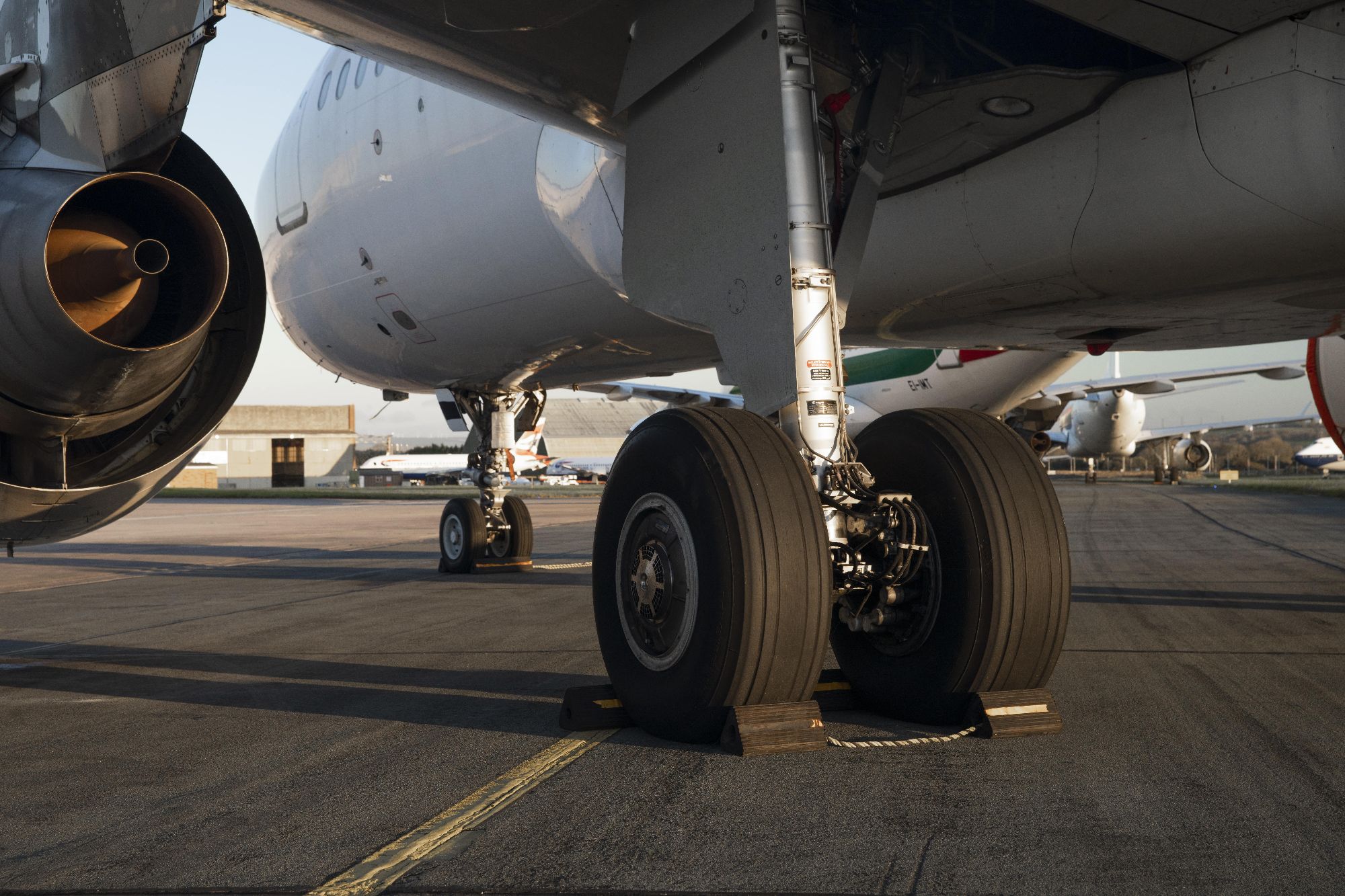19 April 2024
Adapt and Invest to Build for Positive Future

What’s next for 2024 and beyond?
In 2024, the industry is in recovery and positive about the future. That’s the feedback we’ve seen in the winter off-season when the industry gets together before the busy summer schedules.
We can see positive progress as the industry comes out of the pandemic years. Passenger levels are back, orders up and supply chain issues are less of a challenge in the last few years.
That said, some of the trends we looked at back in August 2022 are still present.
- Global factors are still dogging the industry
- The bow wave of retirements is still being pushed out
- There’s a shortage of experienced people
So how will the industry adapt and thrive in 2024 and beyond?
Global Factors
We will have to learn to live with significant change. Although the effects of the pandemic are receding, there are other elements still in play, such as:
- Western recession and its potential effect on passenger numbers
- USA elections; how will they impact the industry?
- OEM productivity and the pace of innovation
Despite the positives, progress could still fluctuate. The effects of a Western recession could cause passenger numbers to drop back as people rein in spending.
Changes in the USA administration could affect airline mergers. There will be some zombie carriers who don’t make it through a recession; those living off cheap cash and one route. The situation may change with a new President, but the industry is currently being prevented from mergers because of the financial and regulatory environment. This makes the USA sector more unstable than the EU at the moment. Change is coming here either way.
OEMs are facing new, post-Covid supply chain challenges. War in areas that mine rare minerals, coupled with a talent shortage, are also contributing to holding back the industry.
The arrival of Cormac to compete with Boeing and Airbus may ease the strain on original aeroplanes, but this is unlikely to be a short-term fix. OEMs will need to be flexible to adapt to new constraints in their market.
Retirements
The bow wave of retirements that we saw go on hold in 2022, has still not washed through.
In 2022 there was not enough money in retiring aircraft. Now airlines are holding on to their existing craft to span the gap before new models come online. The industry is in a holding pattern. We are seeing more aircraft than during the pandemic, but it’s still not settled. Asset values may drop as a result of recession, but right now they’ve rocketed. It’s a seller’s market and we’re seeing aircraft that were worth £800K now selling for much more than that.
That said, we expect the transition and disassembly market to grow. Fortune predicts growth ‘from 8.07 billion in 2023 to $14.72 billion by 2033’[1]. Naveo Consultancy noted last year that ‘Companies spent $35 billion in 2019 on materials for aviation repairs and overhauls, including $5 billion on used parts and $725 million on generic components, aerospace’[2].
We’re certainly seeing a rise in aircraft arrivals, whether it’s for transition, disassembly or storage. The industry is even seeing relatively new aircraft being stripped for parts. This contrasts to 2022 when companies were parking stock in the desert because they believed it was undervalued. We think airlines will have enough for summer 2024, but production will need to be improved and a stronger outflow secured to meet requirements for 2026 and beyond.
At ecube we saw record landings in 2023. This uptick has continued into 2024, with a mix of aircraft arriving for our range of services; CRJs, A330s 757s for transition, disassembly and less often right now, storage.
People Shortage
The industry is hiring! It’s estimated that the aviation industry lost over 2m jobs during the pandemic years. Many of these are experienced, well-qualified people. Although apprentices are joining the industry, we’re missing highly-skilled pilots and cabin crew.
Not just pilots but, aircraft engineers and maintenance technicians too. The International Civil Aviation Organization (ICAO) estimates that by 2026, the aviation industry will needs 480,000 new technicians to maintain aircraft[3].
So we need to keep our good people. It takes time and resources to train people in aviation-related fields. Alongside bringing in new recruits, we need to create an environment that keeps the experienced engineers and technicians in the industry, using their hard-earned knowledge.
What next?
We’re seeing another ‘dither point’. There’s growth, but also challenges. These are holding companies back from taking long-term decisions because they still feel too risky.
We need to be brave and get used to a new way of operating. We’re post pandemic, but present challenges include war, elections, supply chain issues, consumer economics and the need for talent. We know that aviation is linked to GDP. So as long as that rises, so will our industry. It will return, the question in when, and can you adapt for the period in between?
We need to make the investments now and build for the positive future we can all see coming.
Author: Lee McConnellogue, CEO, ecube
References:
ecube blog - Make decisions today to save the constraints of tomorrow (ecube.aero) (August 2022)
Fortune Business Insights – Commercial Aircraft Disassembly, Dismantling and Recycling Market. (November 2023)
Reuters – Airlines, repair shops in North America reply on used, generic parts to keep aircraft flying. (April 2023)
[1] Fortune Business Insights – Commercial Aircraft Disassembly, Dismantling and Recycling Market. https://www.fortunebusinessinsights.com/commercial-aircraft-disassembly-dismantling-and-recycling-market-103584
[2] Reuters – Airlines, repair shops in North America reply on used, generic parts to keep aircraft flying. https://www.reuters.com/business/aerospace-defense/airlines-repair-shops-n-america-eye-used-generic-parts-keep-aircraft-flying-2023-04-13/
[3] Tackling the Aviation Staff Shortages - INFORM (inform-software.com)